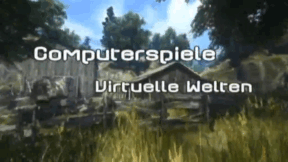 Society
Society

4664213 / 5553652
Stalking
It Concerns Us All!
n Germany, 12 % of all federal citizens are pursued by a stalker once in their lives. And not only celebrities are among their victims! Everyone may be confronted with such a situation.
The term stalking derives from hunting language and means as much as to sneak up or creep up on someone and in a figurative sense that a person pursues and harasses another person again and again. Victims of stalking are threatened, intimidated and, if the worst comes to the worst, murder is committed! In most cases a fatal outcome can be prevented. There are possibilities to get help for the victim as well as for the perpetrator.
The film content is fictitious but may happen just like that in Germany any day. With the aid of case studies, the pupils are to realise what stalking really is, what consequences this behaviour entails, which measures can be taken and how people can protect themselves.
The film was produced in co-operation with the State Office of Criminal Investigations of Baden-Wuerttemberg and together with the comprehensive accompanying material, it can be used very well at school.

Curriculum-centred and oriented towards educational standards
Matching
Computer Games
This film covers the topic of computer games in a variety of ways and from many different angles. Apart from the fascina- tion of computer games for users, the historical development as well as the production of computer games are described. The established genres are introduced, the guidelines of the German BPjM are explained. In light of recent public discussions, a neutral overview of the pros and cons of playing computer games is given, and different kinds of player behaviour are outlined. In this film, the pupils will recognise many aspects of their favourite pastime that encourage an independent, constructive use of this medium and reinforce their media competency. The film and teaching material are very closely related to the real-life situation.









